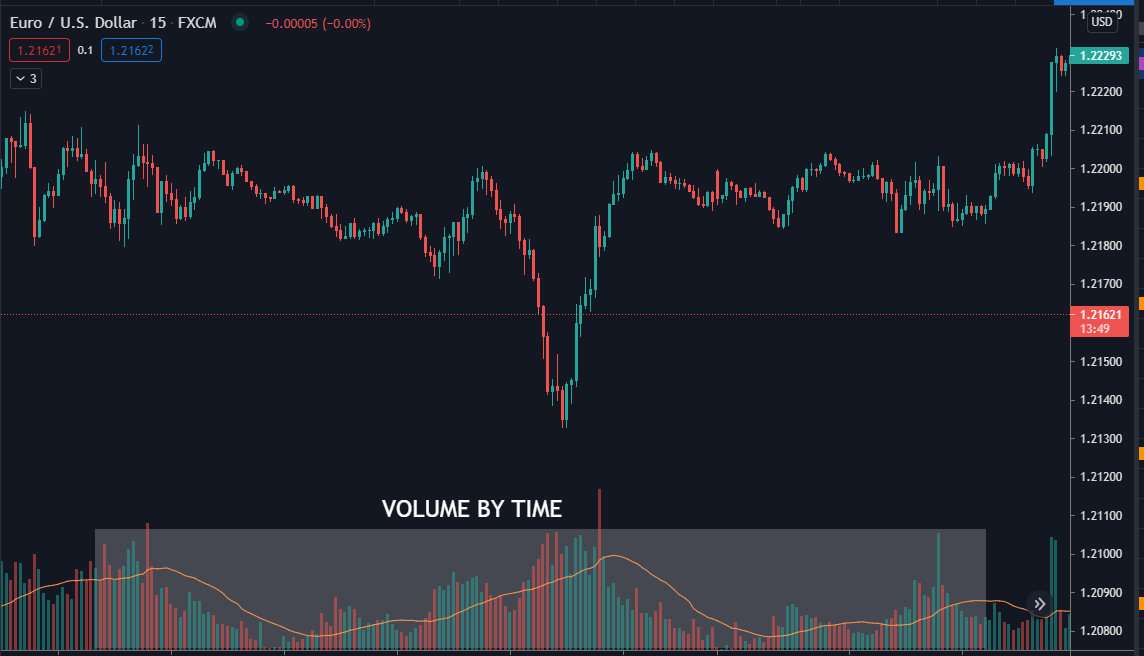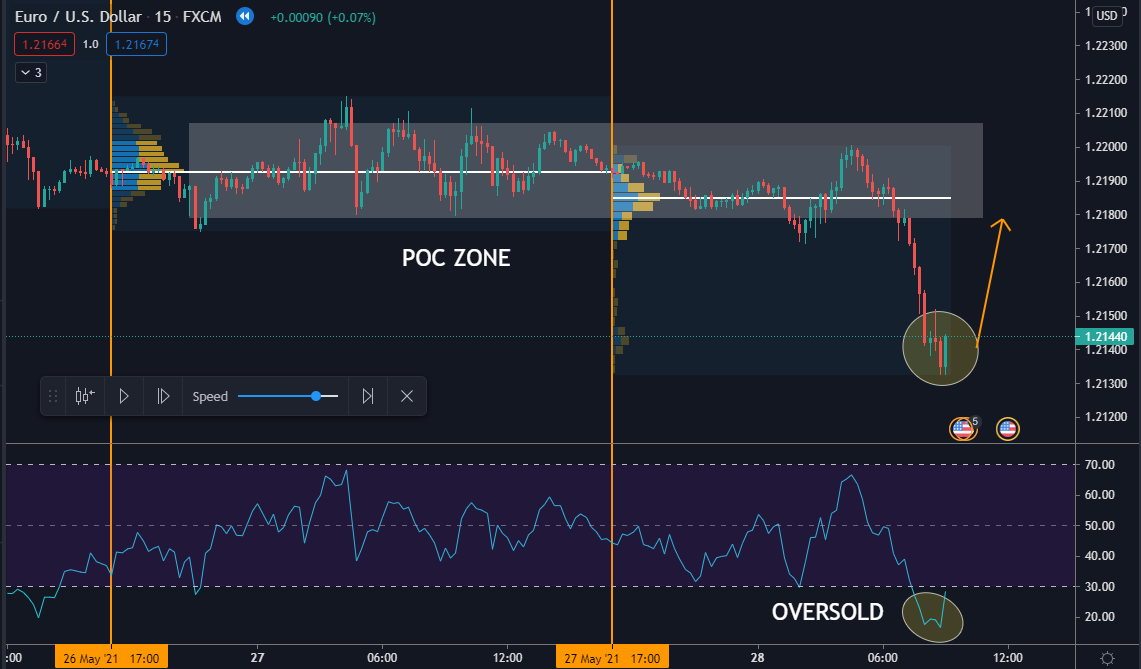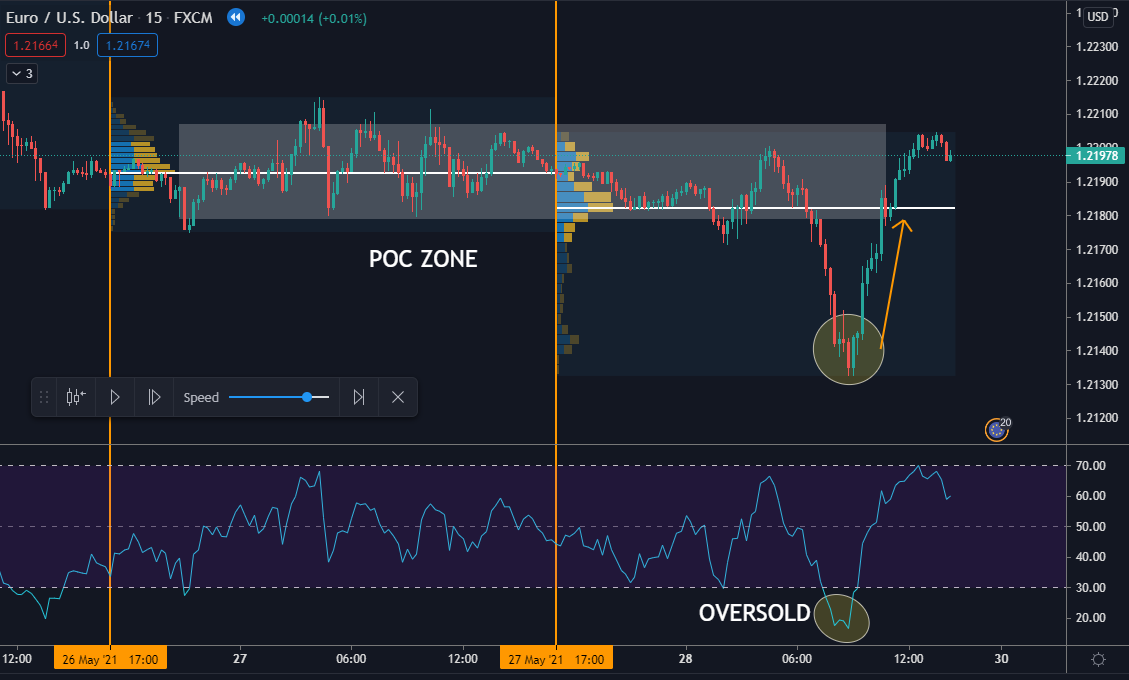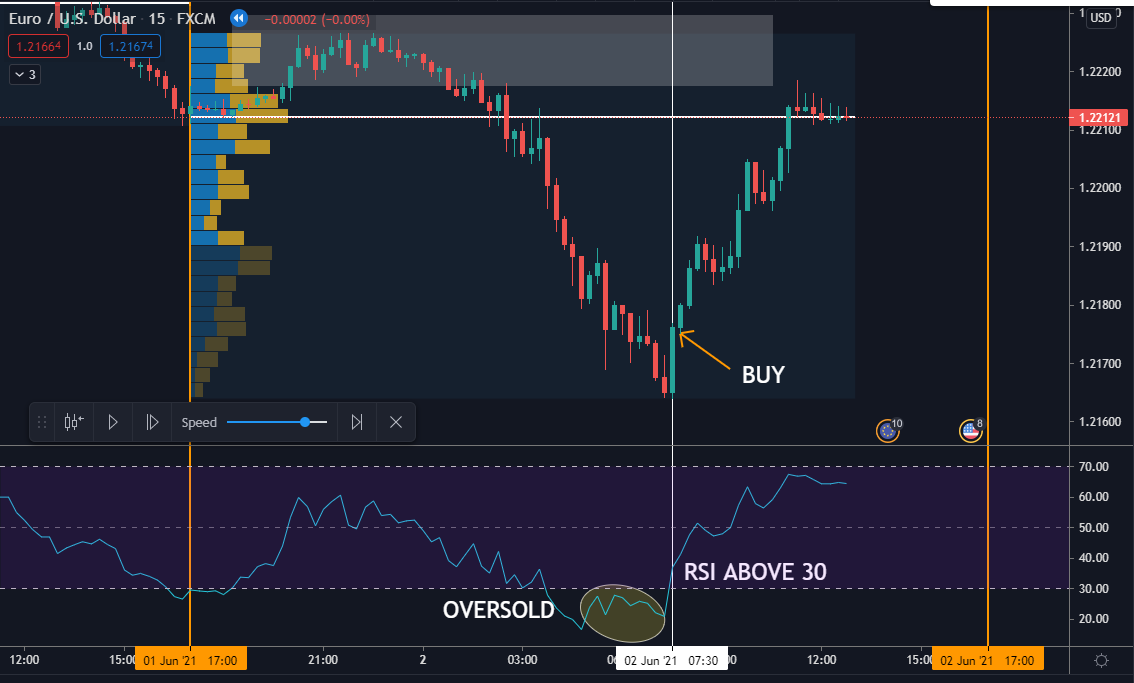It is widely known that volume is one of the main elements of trading. Knowing and understanding volume data gives you a remarkable advantage when analyzing the price dynamics.
I trade intraday depending on volume. I don’t need indicators or complex systems. I win by analyzing price action in its direct relationship to volume – nothing more and nothing less.
Volume is easy to understand once the basic principles of supply and demand are clear. I relate the volume to the price movement. Volume is money, and therefore the market’s energy supplier. If you study it, you can see how it is positioned and how the professionals operate the strong hands.
I understand that you want to follow your strategy, right? If the answer is yes, stop paying attention to the news and start trading based on real events, cash.
What is volume?
In trading, volume is a technical analysis indicator that reflects the number of transactions in a financial instrument traded in a given period. The volume shows the trend’s strength.
Volume is the force that moves prices. If the volume is strong while the price follows a trend, the trend will continue. However, if the volume is low, it would indicate the weakening of the trend and the upcoming correction.

Over time, the trend may revert, and the price correction should be accompanied by an increase in volume. Thus, the volume allows you to determine the strength of a trend at a given time.
How to measure it with the Session Volume indicator?
The technical analysis tool we will use in our strategy measures the number of shares or contracts traded in 24 hours of time. We will be referring to the volume in price levels or “price by volume.”
You can find the indicator in TradingView to implement on any chart. What levels of significance should we look for?
Point of Control (POC) is the price level for the period with the highest traded volume.
Thanks to the volume, time, and price data, you can quickly see the price levels in which the market has accumulated more orders. Therefore, you can deduce which prices have had a greater interest, revealing levels of importance.
The usefulness of this tool is to help you determine relevant support and resistance on the chart.
A price range in which a lot of the volume accumulates is a level that market participants consider important. The interest in buying or selling at particular prices causes the relevant supports and resistances to form.
According to the basic technical analysis, a support level is a price level that will support a price on its way down and a resistance level is a price level that will resist price on its way up.
Therefore, one can conclude that a price level near the bottom of the profile, which heavily favors the buy-side in terms of volume, is a good indication of a support level.
The opposite is also true. A price level near the top of the profile, which heavily favors sell-side volume, is a good indication of a resistance level.
Relative Strength Index (RSI)
The Relative Strength Index (RSI) is a well-versed momentum-based oscillator that is used to measure the speed (velocity) as well as the change (magnitude) of directional price movements. Essentially RSI, when graphed, provides a visual means to monitor both the current, as well as historical, strength and weakness of a particular market.
The strength or weakness is based on closing prices throughout a specified trading period creating a reliable metric of price and momentum changes.
Given the popularity of cash-settled instruments (stock indexes) and leveraged financial products (the entire field of derivatives), RSI has proven to be a viable price movement indicator.
What to look for: Overbought or oversold
The RSI’s creator, J. Welles Wilder, believed that when prices rose very rapidly and momentum was high enough, the underlying financial instrument/commodity would be considered overbought, and a selling opportunity was possibly at hand.
Likewise, when prices dropped rapidly and, therefore, momentum was low enough, the financial instrument would at some point be considered oversold, presenting a possible buying opportunity.
There are set number ranges within RSI that Wilder considers useful and noteworthy in this regard. According to Wilder, any number above 70 should be considered overbought and any number below 30 should be considered oversold.
An RSI between 30 and 70 was considered neutral, and an RSI around 50 signified “no trend”.
Some traders believe that Wilder’s overbought/oversold ranges are too wide and choose to alter those ranges. For example, someone might consider any number above 80 as overbought and anything below 20 as oversold. This is entirely at the trader’s discretion.
Now, I will explain what to look for and how to apply the theory to the charts.
In the chart below, we have two sessions (2 days) of EUR/USD pair. The session Volume indicator helps us identify first the POC Zone. Then we should watch RSI, looking for overbought/oversold conditions.

In this case, RSI is indicating oversold, and the price fell and got away from the POC zone of 2 sessions. So, we’d expect the price to come back to the POC zone because that zone is where traders were negotiating.
Look at the chart below. The.” price moved up to the POC zone.

Tip: You should wait until RSI is just above 30.
I will show you another example. We see that RSI is oversold when the price had fallen.

We should wait until RSI is above 30 to buy. Look at the chart above.
